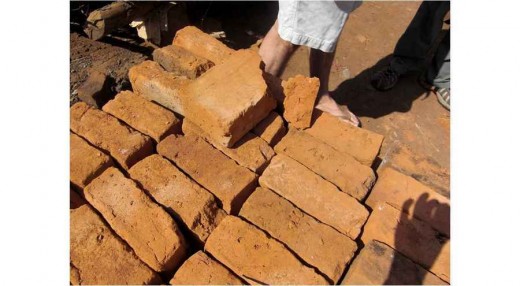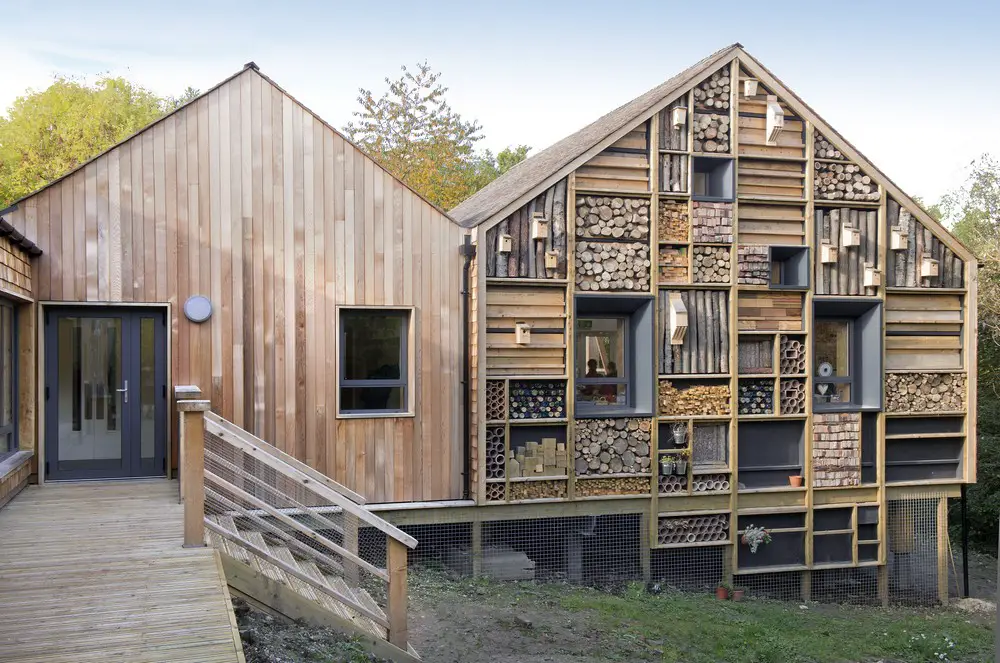Earth Day 2019, Sustainable Practices & Design, Green Architecture, Eco Buildings, Climate Change
Earth Day 2019 – Looking Forward with Sustainable Practices and Design
April 22 Events: Green Building – Ecological Architectural News
5 Mar 2019
Earth Day 2019 – Looking Forward with Sustainable Practices and Design Events
If you care about our planet in the slightest, you are probably aware that Earth Day is celebrated on April 22 of every year. Therefore, you know that various events are organized in order to show the significance of environmental protection. While bringing awareness is a great start, we all have to do more if we want to preserve our planet.
There are many ways how we all can contribute to the health of Mother Earth, regardless of whether we are a part of a big company that is potentially harming the environment or just an individual who wants to do their best. This is where sustainable practices and design come into the picture.
From switching to LED bulbs and collecting rainwater at home through implementing various sustainable materials when designing buildings and opting for renewable resources, there are many approaches one can take to become more sustainable. In this article, we will give you some insight into the current state of sustainable practices as well as tell you some things each of us can do to save our planet. Take a look.
Utilizing wind power
There are plenty of ways how we can generate electricity without using up all of the Earth’s finite resources. For example, one of the cleanest ways to do so is by harnessing the power of wind. This approach does not produce emissions that contribute to global warming or pollution. Furthermore, seeing as how the wind is an inexhaustible and abundant source of power, it is a great alternative to burning fossil fuels.
As is the case with everything, there are some aspects of wind power that could be improved. Some environmental concerns are raised when it comes to wind turbines, such as the noise it produces and its impact on birds and bats. Depending on where they are built, they also might be an eyesore. Additionally, while the price of building a wind farm is not as high as it used to be, it is still quite an expensive endeavor. However, we must keep in mind that this investment is bound to pay off as the operating costs are minimal.
When it comes to onshore wind farms, China, India and the U.S. have the largest ones. However, you can also find offshore wind farms, in countries such as Denmark, the UK and the Netherlands. A great thing when it comes to wind turbines is that they can even be installed in common households, as small-scale models are also available on the market.
Making the most of solar power
Solar power is another clean method of energy production which we can rely on. Converting solar energy into electricity has no environmental effects, which means that it is one of the best chances we have for preserving our planet. There are many benefits to installing solar panels, whether individually or country-wise.
A survey by Lendi revealed, installing a solar system can increase the value of one’s property. For example, in Australia, a 5kW system can add as much as $29,000 to the worth of your home. Furthermore, turning to solar panels means that you could potentially save up to $730 on your electricity bill every year. Solar panel systems are getting more affordable and depending on the type, they can pay themselves off in a few years.
However, as is the case with all things, there are some misconceptions about solar energy. For instance, people believe that solar panels only work in warm climates and on sunny days. That is simply not true. Cold weather actually increases conductivity, which means that more electricity is generated. Furthermore, these panels collect visible light, meaning that even during cloudy days, you will be able to produce energy.
Turning to sustainable design
While solar and wind power will continue to help us in the future, another thing we can do is invest in sustainable architecture. Thinking green from the very conception of a design can allow us to create buildings that will promote the health of its occupants and reduce the negative impact on the environment. It is important to carefully consider all stages of planning and using an edifice to come up with the best approach for its design.
Architects work with all sorts of eco-friendly materials, limit the use of non-renewable resource and try to minimize waste as much as possible to create these energy-efficient constructions. It all starts with finding the best site for the facility. For example, they can implement wind turbines in windy areas in order to maximize the potential of the location.
Sustainable building materials abound and they include recycled denim, sheep wool, bamboo, sisal, coconut, all sorts of sustainably harvested wood, baked and rammed earth, stone and rock which were obtained locally and many, many more. Some of these can be reclaimed after the building is demolished, and others, like bamboo, are rapidly replenished.
The aforementioned wind and solar power are commonly integrated into new constructions as eco-conscious architects strive towards creating low- or zero-energy buildings. Furthermore, waste management systems are incorporated as well, such as composting toilets and gray water systems. All of these elements ensure a smaller carbon footprint, lowering of bills and typically result in the better overall wellness of the building’s residents. Why not try https://www.jutebag.co.uk/ for eco friendly bags.
What can we do to ensure a better future?
Just changing some of your everyday habits can provide us with a better future. For example, by replacing all your traditional bulbs with CFL or LED ones and using more natural light, you will be reducing both the waste and your bills.
You can also try to practice minimalism. No, you don’t have to get rid of all your possessions, but just make sure that everything you own and buy has a specific purpose. This means that you will have less waste, and even when you have to dispose of an item, you should recycle.
Moreover, turn to natural cleaners instead of the chemical ones. That way, you will reduce the number of unhealthy chemicals in your environment as well as the amount of plastic packaging. And while on the subject of plastic, try to avoid it as much as possible. Opt for reusable bags, ditch plastic water bottles which you only use once and, in general, look for products with less packaging.
There is so much we can do in order to help our planet, and scientists and engineers will surely come up with more strategies in the near future. For the time being, look into some aspects of sustainable design and try to implement some eco-friendly practices into your daily routine. The little things matter, so don’t ignore them.
Sustainable Architecture Archive
Sustainable Development Report News

Sustainable Architecture – Population Growth Drives Housing Crisis
Climate Change Global Warming Research Report – BBC news link
Population growth

photo © Article 25
global warming – BBC news link
Long Life, Loose Fit, Low Energy
Sustainable Design : article by Trevor Tucker. 15 Sep 2009
Sustainable Architecture News Scotland : News
Sustainable Architecture Design : article by Trevor Tucker. 18 Aug 2009
Sustainable Buildings : Brief informal discussion re some of the issues
Sustainable Architecture Links
DTI Low Carbon Buildings Programme: www.lowcarbonbuildings.org.uk
Greener Homes & Buildings: www.ghbullard.co.uk
Guidance on procuring higher recycled content in construction: www.wrap.org.uk
Forest Stewardship Council – FSC: www.fsc.org
BREEAM: www.breeam.com
Healthy Building Network: www.healthybuilding.net
Sustainable Build: www.sustainablebuild.co.uk
Comments / photos for the Earth Day 2019 – Looking Forward with Sustainable Practices and Design page welcome




